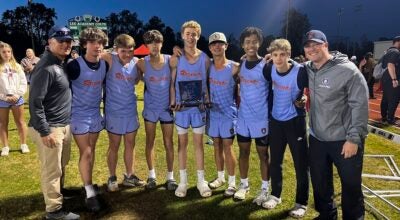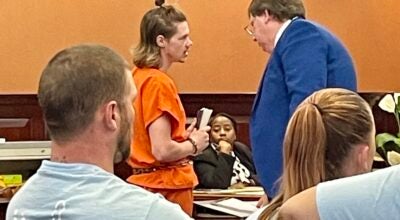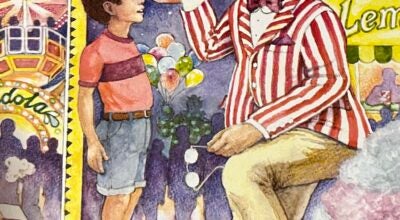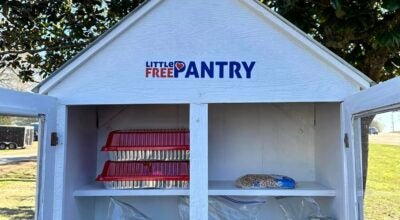Faulkner fans galore at conference
Published 6:00 am Saturday, July 23, 2016
By Mrudvi Bakshi
news@oxfordeagle.com
Over the course of the five days of this year’s Faulkner and Yoknapatawpha Conference, the event attracted a throng of teachers, writers, students and Faulkner enthusiasts who utilized the platform to dwell upon the work of the late Southerner.
The 2016 Faulkner and Yoknapatawpha Conference, “Faulkner and the Native South” took place on the University of Mississippi campus from July 17-21 where discussions charting the confluence of Choctaw, Chickasaw, European, and African histories and cultural elements in William Faulkner’s imagination and the additional current
that flow between his writings and the Native American canon.
Faulkner adopted a Native American name, “Yoknapatawpha,” for the fictional North Mississippi county he created in his novels and stories. Native figures occupy key positions in a number of the overlapping origin narratives he developed for his imaginary domain, which comes into historical focus against the background of Indian Removal in the southeastern United States. He also enlisted Native characters and communities in searching interrogations of Yoknapatawpha’s foundations in colonialism, slavery, and environmental abuse.
On Wednesday, Faulkner fans gathered in the Nutt Auditorium for the “Mississippi Choctaw Today: Language, Culture and Contemporary Life” panel.
Leading the panel discussion was Fred Willis, Project Manager of the office of public information for the Mississippi band. Willis began with talking about the birth and emergence of the Choctaw nation and its members.
“The one thing I can tell about Choctaw tribal members is that we are story tellers — we take the stories that we hear and we add to it, generation to generation, maintaining how they were originally,” Willis said.
He explained about the nation’s relation with American and European settlers and how there was very little known about their existence until the early 1900’s.
“We’ve done the best we can to be more self-sufficient,” he said. Today the Choctaw nation has about 10,800 enrolled tribal members and eight recognized Indian communities scattered across 10 counties in Mississippi.
Tribal archivist at the Chahta Immi Cultural Center, Amanda Bell presented the Choctaw Expressions, a Cultural Arts and Historical Exhibit. A short documentary on the Choctaw history and culture, it showed how the heritage reflects in their colorful handmade dresses, baskets weaved from cane, drums carved from wood and their engagement in social dancing and their local game of stickball passed on from generations.
John Hendrix, director of economic development, closed the panel discussion reminiscing upon the success of the tribe after having faced initial bouts of dire economic conditions, poor employment and infant mortality rates.
“In the late 1980’s the tribe started improving the quality of life and creating economic development and community benefits,” Hendrix said. He also highlighted how a whole generation of tribal members had come along with tribal education, with only 30 members having college education back in time with numbers escalating to 400 members having some form of post-graduation education. Tribal Chief Philip Martin’s contribution as a critical leader in the modern day economic story was also discussed.
Besides Choctaw influence, the conference also had keynote speakers highlight the convergence of the Chickasaw, European, and African histories. Throughout the conference, the University’s J. D. Williams Library displayed Faulkner books, manuscripts, photographs, and memorabilia.
“It’s been a wonderful experience for me, getting to spend some time around with some of the top people in the field of not only Faulkner but native studies,” said Philip Zaborowski from Michigan. “I’ve always liked his writing style and his unflinching way of presenting the South in the true manner.”
Linda Young from Jackson has a deep interest in Mississippi history and couldn’t miss out on this opportunity.
“The part I’ve really enjoyed the most has to really do with the Indian influence in the state as well as previous generations from the Chickasaws and Choctaws,” Young said. “I always love learning more about their culture and history.”





